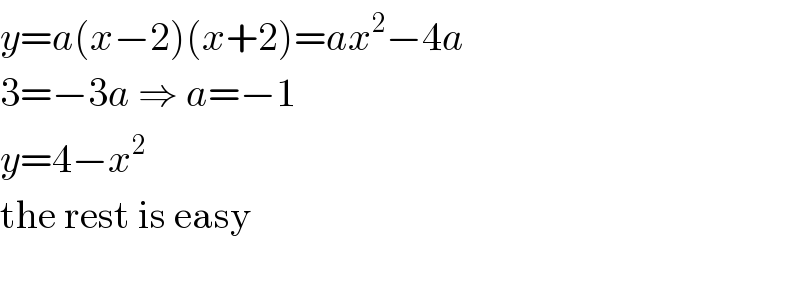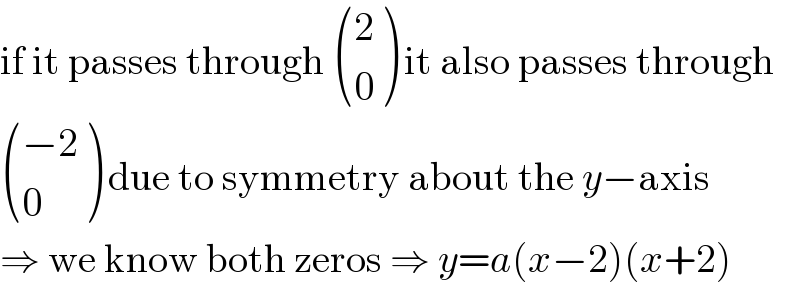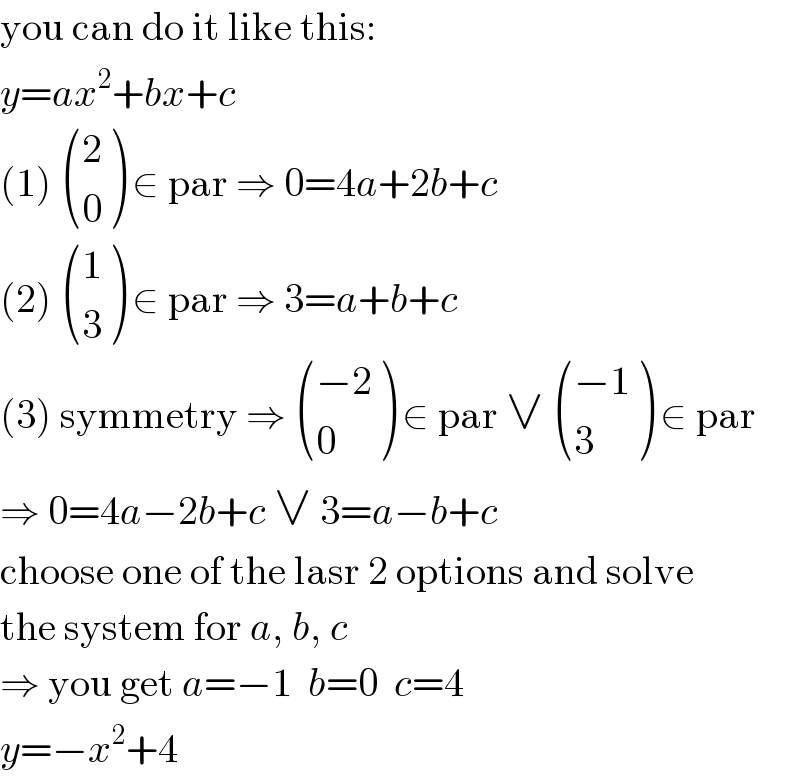
Question and Answers Forum
Question Number 123302 by peter frank last updated on 24/Nov/20

Answered by MJS_new last updated on 24/Nov/20

Commented by peter frank last updated on 24/Nov/20

Commented by MJS_new last updated on 24/Nov/20

Commented by peter frank last updated on 24/Nov/20

Commented by MJS_new last updated on 24/Nov/20

Answered by MJS_new last updated on 24/Nov/20

